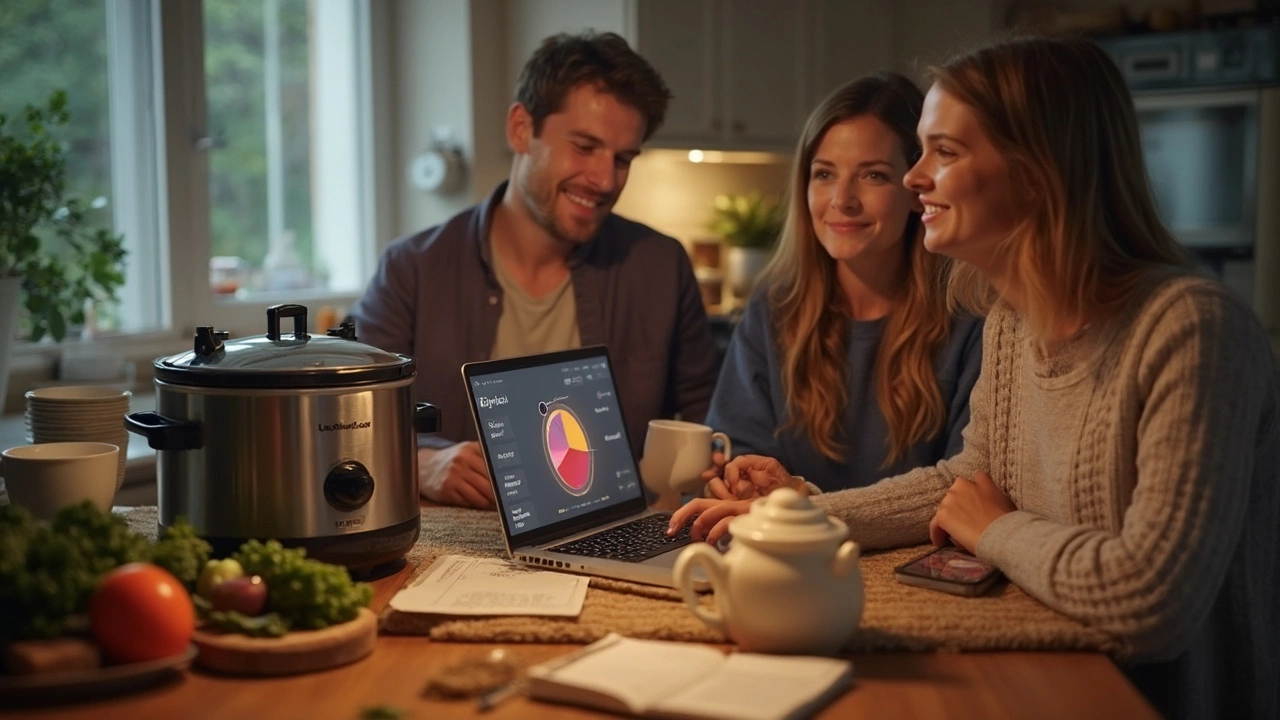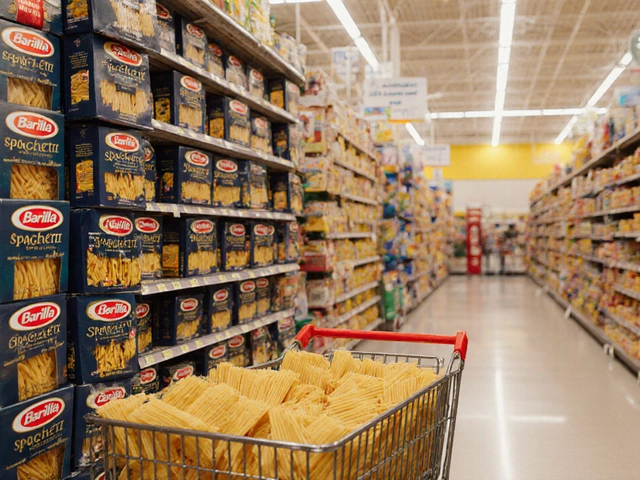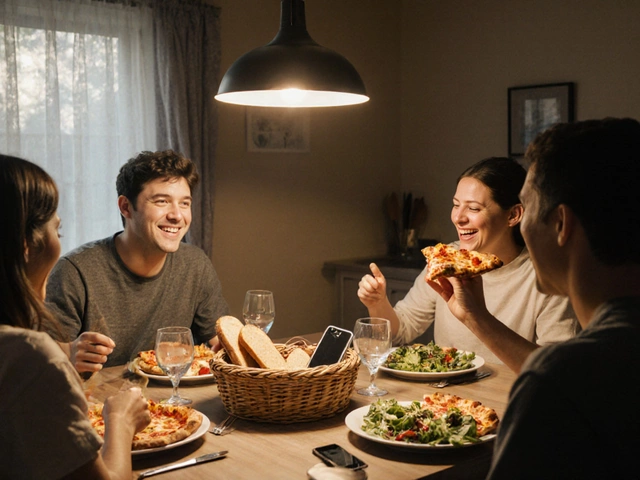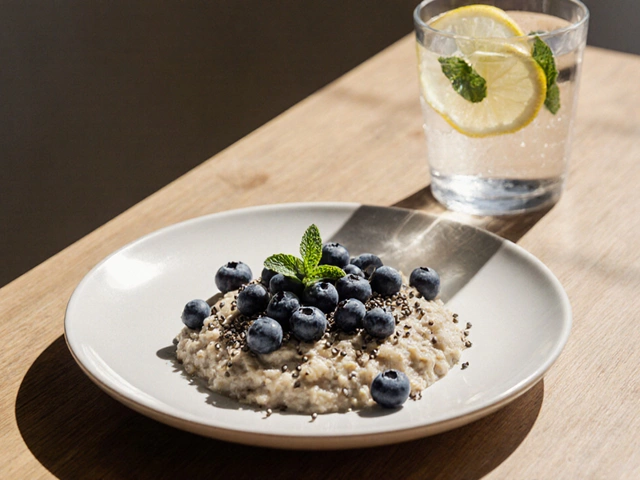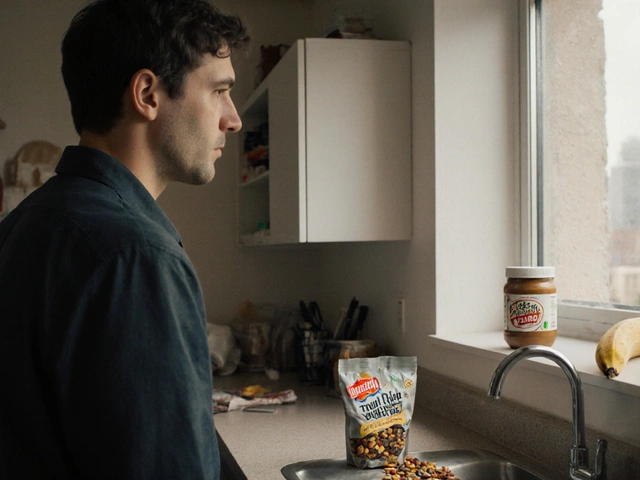Worried your slow cooker is sucking up power all day? You might be surprised. Slow cookers are built with small heating elements that use less energy than blasting an oven for hours. A typical slow cooker pulls about 150 to 250 watts per hour on low, and around 250 to 400 watts on high. For comparison, a standard oven uses around 2,000 to 5,000 watts per hour—it’s like bringing out a sledgehammer to crack a nut.
Let’s say you run a slow cooker for eight hours. That’s about as much electricity as burning one 60-watt lightbulb for the same time. Not too bad, right? Using it for dinner instead of the oven might actually drop your monthly power bill, depending on what you’re cooking. Plus, a slow cooker won’t heat up your kitchen, so you’re not cranking the AC to cool things off afterwards.
- How Slow Cookers Use Electricity
- Comparing Slow Cookers to Ovens and Stovetops
- Breaking Down the Cost (with Real Numbers)
- Tips for Saving Even More Electricity
- Common Myths About Slow Cookers
- Is a Slow Cooker Worth It for Your Wallet?
How Slow Cookers Use Electricity
Slow cookers work by applying steady, even heat over several hours. The heating element sits at the bottom or around the sides of the pot and pulls just enough electricity to keep your food at a safe, simmering temperature. Most slow cookers use between 150 and 400 watts per hour, depending on their size and setting. To put that into perspective, a basic eight-hour recipe on low might use about 1.2 kilowatt hours in total. That's less energy than it takes to run a dishwasher for a single cycle.
The real secret is the way slow cookers hold in heat. The lid keeps steam from escaping, and the heavy ceramic insert spreads heat evenly. So, most of the electricity converts into actual cooking power, not lost into your kitchen. There are no big temperature swings—just a constant, low draw that gets the job done without the spikes you see with an oven or a stovetop burner.
If you're curious, most modern models have a thermostat that kicks the heating element on and off, keeping things just above 170°F on low or closer to 280°F on high. Some models even let you pick precise temperatures. That means you're never using more power than you need to. For folks who watch every penny, here's a concrete example: if your energy rate is 15 cents per kilowatt-hour, slow cooking a stew all day costs about 18 cents. Try doing that with your oven.
So, when you hear people talk about whether slow cooker electricity use is high, the quick answer is no. They're actually built to sip electricity, not chug it. That’s a win for your recipes—and your wallet.
Comparing Slow Cookers to Ovens and Stovetops
If you're choosing between a slow cooker, oven, or stovetop, the first thing to know is how much electricity each one uses. Let’s get real: an oven and even an electric stovetop gobble up way more power than a slow cooker for the same meal.
Here’s a quick breakdown of average electricity use over 8 hours, which is a typical slow-cooking day:
| Appliance | Watts (avg.) | Total kWh (8 hrs) | Estimated Cost* |
|---|---|---|---|
| Slow Cooker (Low) | 200 | 1.6 | $0.20 |
| Oven | 2,400 | 19.2 | $2.40 |
| Electric Stovetop (medium) | 1,500 | 12.0 | $1.50 |
*Estimated cost based on $0.125 per kWh, which is around the U.S. average. Prices can vary by location.
So if you run your oven for eight hours, you’re spending about 12 times more on electricity than if you use your slow cooker. The stovetop lands somewhere in the middle, but still costs a lot more if you have to simmer something for hours.
Why does this matter? When you’re simmering a pot roast or chili all day, using your slow cooker electricity use ends up being way kinder to your wallet than heating up your entire oven. And you won’t have to keep an eye on the stove—set it and forget it. That’s a double win.
Another plus: slow cookers keep the kitchen cooler, so in summer you’re not cranking up the AC to fight oven heat. That’s one more little way a slow cooker pulls ahead in the energy game.
Breaking Down the Cost (with Real Numbers)
If you really want to know what your slow cooker is costing you, let’s talk numbers you can actually use. The average slow cooker runs at about 200 watts an hour when set to low. Most folks end up cooking a dish for about eight hours. So, 200 watts x 8 hours = 1,600 watt-hours, or 1.6 kilowatt-hours (kWh) for one meal.
Now, electricity rates in the U.S. usually hover around 15 cents per kWh right now. That means one eight-hour slow-cooked meal costs:
- 1.6 kWh x $0.15 = $0.24
Yep, less than a quarter for a whole meal’s worth of electrical power. Compare that to running your oven, which often hits 2,000 to 5,000 watts, and you’re looking at between $1.60 and $6.00 for a long cook at higher temps. So, slow cookers are looking pretty good, right?
Here’s a quick breakdown so you don’t have to do the math in your head:
| Appliance | Watts/Hour | 8-Hour Cost |
|---|---|---|
| Slow Cooker (Low) | 200 | $0.24 |
| Oven (Electric) | 2,400 | $2.88 |
| Stovetop (Electric) | 1,500 | $1.80 |
If you’re pulling out your slow cooker a few times a week, the savings start adding up fast. Not only does that free up some cash for better ingredients, but it also keeps things simpler. Bottom line: if you want to save on meal prep, using a slow cooker electricity use is hard to beat.
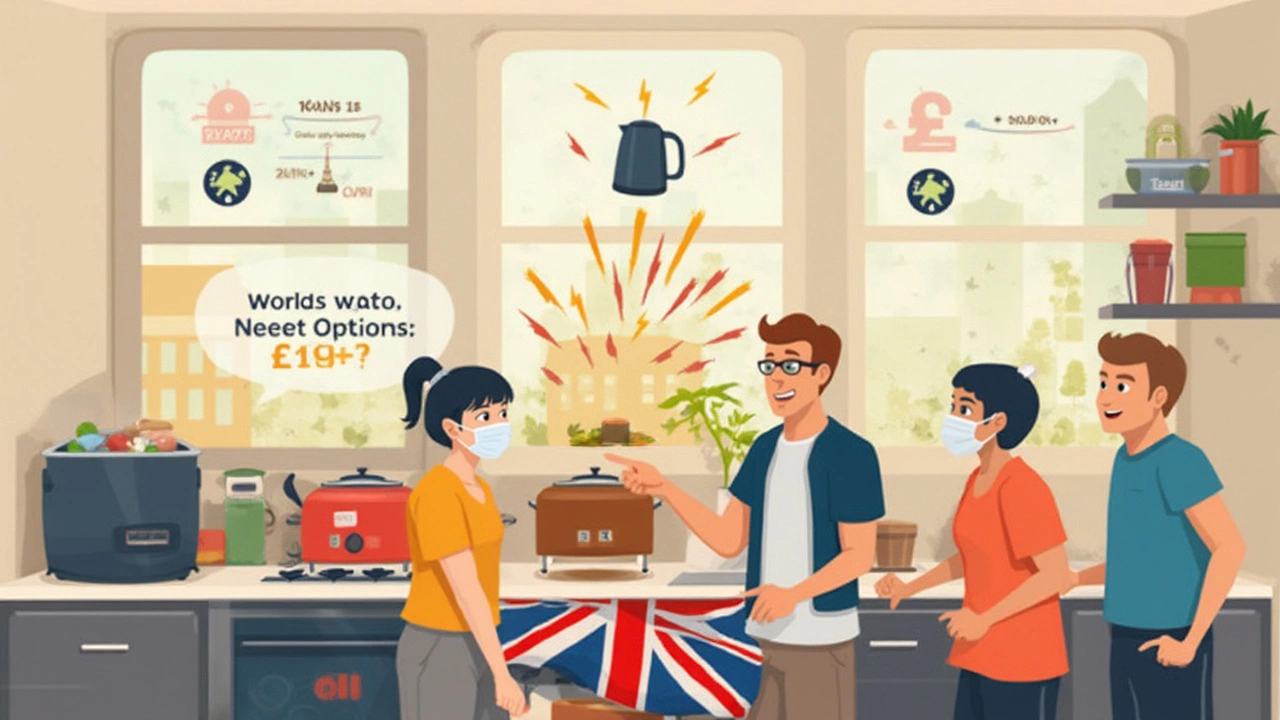
Tips for Saving Even More Electricity
If you want to squeeze every bit of energy savings out of your slow cooker, you’ve got options. First off, size matters. Use the right size slow cooker for the job—a huge six-quart crock for a small batch of soup just wastes power. Matching the amount you’re cooking to the pot makes everything more efficient.
Keep that lid on tight. Every time you lift the lid, you lose heat fast—enough to stretch your cooking time by 15-20 minutes each peek. Less peeking, less power used, and your food turns out better. According to the Department of Energy, “Keeping the lid on a slow cooker keeps the heat in, lowering the energy needed to finish the meal.”
Consumer Reports says, “A slow cooker draws roughly the same amount of electricity as a couple of light bulbs. Using a slow cooker instead of your oven for pot roast could cut your energy use by two-thirds.”
If you prep your ingredients ahead of time—say, chopping veggies or browning meat—you can get your meal started quickly and avoid keeping the slow cooker running longer than needed.
Try these specific ways to cut back on electricity use even more:
- Choose recipes that need less cooking time. A four-hour meal obviously uses less electricity than an eight-hour one.
- Preheat your slow cooker (just like preheating an oven) to help get things simmering right away and save power overall.
- Use liner bags for easier cleanup—if cleaning the crock takes lots of hot water, that’s extra energy down the drain.
- Batch cook—if you’re making chili, double the amount. Freeze half for later and save on future cooking sessions.
- Plug your slow cooker into a timer outlet. That way you never accidentally leave it running too long.
Check out how slow cookers stack up against other kitchen appliances for power used during a typical meal:
| Appliance | Watts Used per Hour | Total Energy for 8 Hours (kWh) |
|---|---|---|
| Slow Cooker (Low Setting) | 200 | 1.6 |
| Oven | 2,400 | 19.2 |
| Stovetop (Single Burner) | 1,500 | 12.0 |
The difference is clear: swapping your oven for a slow cooker can make a noticeable dent in your electric bill. Making these changes doesn’t just help the planet, it helps with your own bottom line. If you want to save energy slow cooker tweaks like these can really add up over the year.
Common Myths About Slow Cookers
People love to swap kitchen stories, but slow cookers are surrounded by a bunch of old rumors that just don't stick. It's time to call out what’s real and what’s just talk.
- Myth: Slow cookers use more electricity because they run all day. That’s not how it adds up. Running a slow cooker for eight hours often uses less total electricity than an oven blasting away for one hour. Here's a quick comparison:
| Appliance | Average Wattage | 8 Hours Use (kWh) |
|---|---|---|
| Slow Cooker (Low) | 200 W | 1.6 |
| Oven | 2400 W | 19.2 |
| Crockpot (High) | 320 W | 2.56 |
- Myth: You should stir slow cooker food like stovetop recipes. Nope. The beauty of a slow cooker is set-it-and-forget-it. Stirring lets out heat, which just slows things down. Resist the urge to peek!
- Myth: Slow cookers aren’t safe and can cause food poisoning. Modern models get hot enough to kill harmful bacteria, as long as you follow directions. The U.S. Department of Agriculture recommends keeping food above 140°F, which slow cookers do easily.
- Myth: They’re not suitable for all recipes. Actually, you can make soups, stews, pulled pork, lasagna, and even desserts. There’s a whole world beyond chili.
According to the U.S. Department of Energy, "Slow cookers use a very small amount of electricity compared to a conventional electric oven."
If you want to save cash on your power bill, don’t shy away from that slow cooker. The slow cooker electricity use myth just doesn't pan out—if anything, these gadgets are a budget cook’s best friend.
Is a Slow Cooker Worth It for Your Wallet?
So, does a slow cooker really help you save money, or is it just hype? If you’re trying to trim down on household costs, crunching the numbers actually puts the slow cooker in your corner. Here’s why: slow cookers run for hours, but they sip electricity instead of guzzling it. You’ll find the slow cooker electricity use is way lower than ovens or stovetops over the same period.
Check out this quick breakdown of average costs. These numbers use U.S. electricity rates (about $0.16 per kWh as of 2025):
| Appliance | Watts Per Hour | Time Used | Daily Cost |
|---|---|---|---|
| Slow Cooker (Low) | 200 | 8 hours | $0.26 |
| Oven | 2,400 | 1 hour | $0.38 |
| Stovetop | 1,500 | 1 hour | $0.24 |
Surprised? Even running a slow cooker all day can cost less than using an oven for just one hour. That means if you’re cooking dishes that need hours to become tender, slow cookers win the energy battle every time.
Don’t forget bonus savings: Because slow cookers tenderize cheap cuts of meat and make batch-cooking easy, your grocery bill can shrink, too. A pot roast made from chuck shoulder, beans, or bulk veggies goes a long way for not much cash. Plus, leftovers can be packed up for future lunches, stretching your buck even more.
- Plan one-pot meals with cheap, hearty ingredients.
- Cook in batches for easy meal prep.
- Turn less expensive meats into tender, flavorful dinners.
If you use your slow cooker a few times a week, the small daily savings add up over months. It may not buy you a new car, but over the year you could save enough to cover a nice dinner out—or a few months of streaming services.
